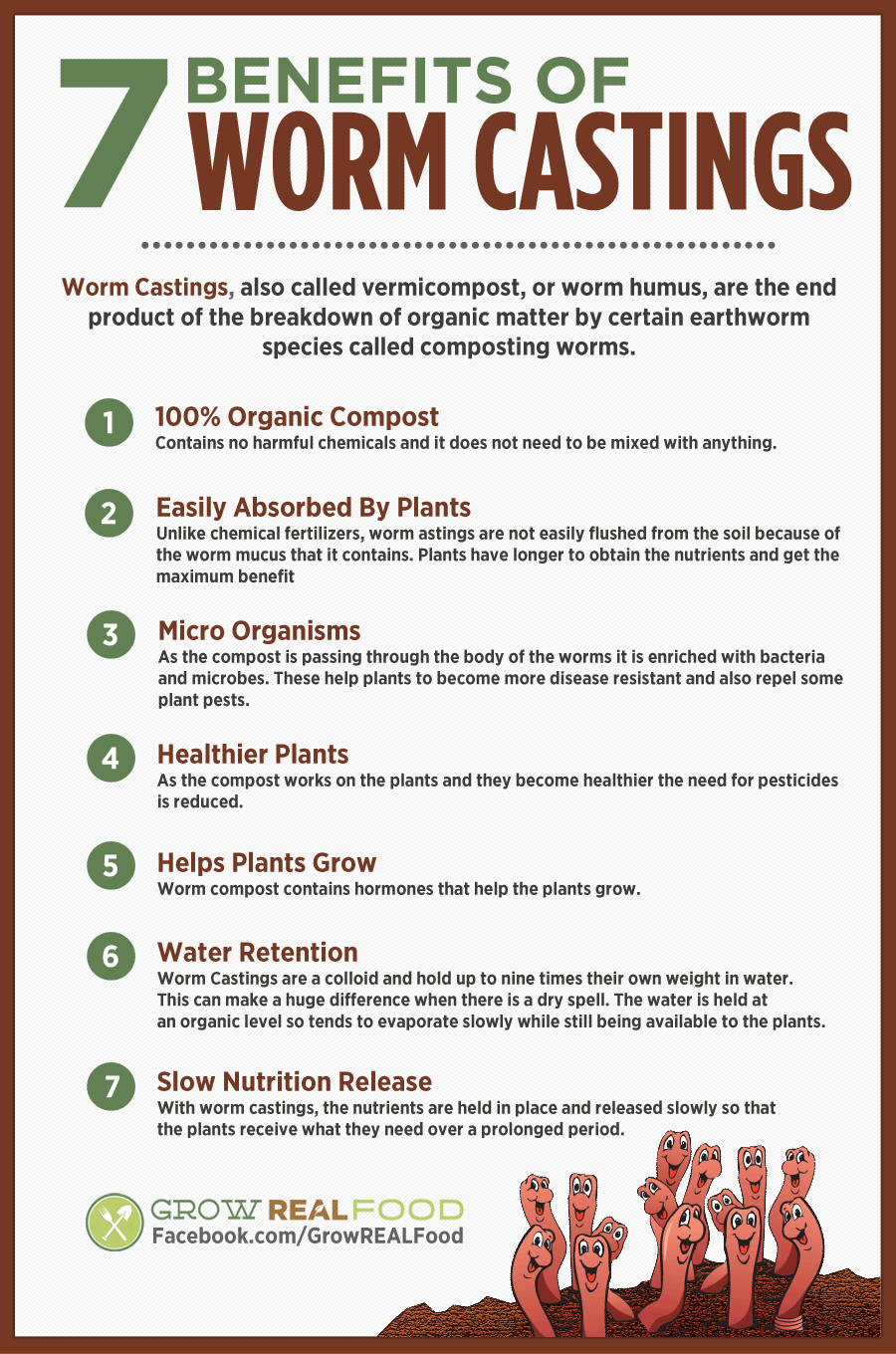Unknown Facts About North Carolina Worms
Excitement About North Carolina Worms
Table of ContentsFacts About North Carolina Worms RevealedGet This Report about North Carolina WormsThe smart Trick of North Carolina Worms That Nobody is Talking AboutAll about North Carolina Worms
Example: 1-gallon of worm spreadings to 4 gallons of potting mix. 1/2 mug in the base of the planting hole for smaller sized plants. 1 mug for larger plants.
The addition of tea can additionally add increased microbial biomass to your dirt. You can always side-dress your plants with worm spreadings any time. Simply keep in mind, the microorganisms will certainly die if revealed to UV rays (Sun), so be certain to cover the castings with an inch approximately of soil.
This frustrated them for years until the testing approaches became better. It would certainly get far better(with even more spreadings), level off, and after that decrease. Too lots of worm spreadings would speed up the development to a rate that the plant could not recoup from.
The 5-Second Trick For North Carolina Worms
I have clarified the merits of worm castings for regarding 2000 words. Worm spreadings are no various. It takes time to develop top quality worm spreadings.
Worm spreadings definitely cost even more than chemical fertilizers. Worm spreadings are on the less expensive end of natural fertilizers. (50 gallons per year) It is a much harder and really expensive financial investment to generate huge amounts of worm spreadings.

Producing a healthy soil might be the greatest advantage of worm castings. We reviewed worm castings NPK and additionally the proper nutrient evaluation that should apply to worm spreadings.
Some Known Details About North Carolina Worms
We talked about some of the disadvantages connected with worm spreadings. I covered a great deal of material in this short article.
The vertical burrows are normally open, although the worms cover the leading with residue and excrement. The vertical burrows are very important factors of access for fast water seepage into the soil, especially in no-till systems. Air-filled porosity is critical in helping plant roots to thrive. Roots require oxygen for their development, whereas they create carbon dioxide that needs to leave the dirt.
Earthworms raise porosity by 2 systems: (1) by creating irreversible burrows, and (2) by boosting soil gathering. Gathering is enhanced by the mixing of dirt and organic issue in the earthworms' intestines. Where to buy worms in NC. These very steady aggregates are transferred by some earthworms in their burrows, and by others at the surface of the dirt


In another study, earthworms were estimated to consume 4 to 10 percent of the leading 6 inches of the dirt each year. Dirt compaction lowers the porosity of the dirt.
North Carolina Worms Things To Know Before You Get This
Common earthworm populations can conveniently take in 2 lots of completely dry issue per acre annually, partly absorbing and mixing it with dirt. The relevance of earthworms to mix surface deposit with soil becomes really clear in soils that do not have any earthworms. A lot of our Pennsylvania soils contend least some earthworms, and the effect of their total absence, consequently, can not be kept in mind.
(http://www.usaonlineclassifieds.com/view/item-2855138-North-Carolina-Worms.html)In these dirts, the development of topsoil with practical natural issue web content did not take area, causing inadequate crop growth. Once the cause was developed, the federal government of the Netherlands began a project to present earthworms. After the introduction of the earthworms, a dark topsoil layer was developed, and crop growth increased substantially.
They live mostly from partially broken down organic matter that is already integrated in the soil. These types consume big amounts of soil that they blend with digested plant deposit in their intestines.
Their burrows continue to be open, although they cap the leading with crop residue that they draw to the entryway. These species consume considerable amounts of dirt that they mix with digested deposit in their digestive tracts. Their waste matter is primarily deposited at the surface of the dirt. The nightcrawler Lumbricus terrestris is the most noticeable member of this team.